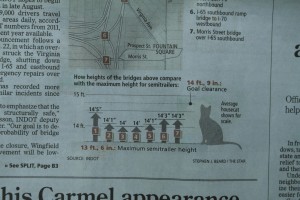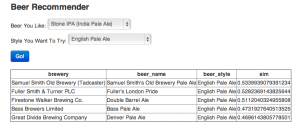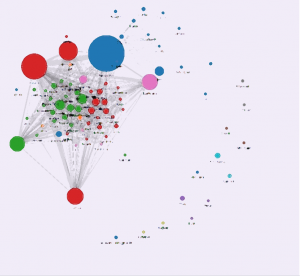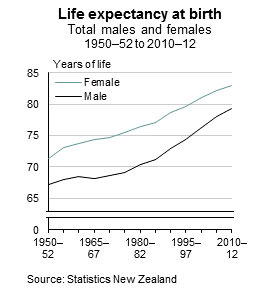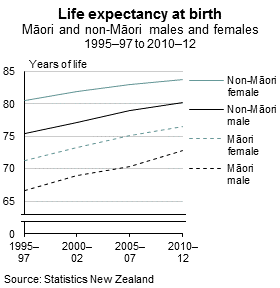From itnews
A mobility programme using Apple iPhones and iPads has changed the way New Zealand Police officers work, and the force is partly attributing a sharp drop in crime to the rollout of the devices.
According to figures published by NZ Police, using the devices within the Policing Excellence programme [PDF] has contributed to a 13 per cent reduction in crime for the year to May 31.
The Police press release is here, and you can see that they are the source of the claims. But if you look at the linked PDF, the 13% reduction is based on comparing (partly provisional) data for June 2012-May 2013 and June 2008-May 2009. Crime has been decreasing steadily over this time: here’s the graph for 1995-2012 from NZ police (PDF, p16)
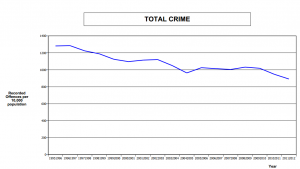
The decrease from fiscal year 2008/9 to fiscal year 2011/12 (before the iPads) is from 1031.9 per 10,000 population to 891.9 per 10,000 population, or just over 14% — slightly larger than the decrease claimed when the iPad revolution is included.
It’s not surprising that the new mobility initiative isn’t showing up clearly in crime figures yet — the devices are still being rolled out. In fact the NZ Police report is talking about their whole modernisation initiative (started in August 2010) , though it’s still not possible to say how much of the 13% decrease is due to the changes, and the overall downward trend in crime would be sufficient to explain the entire decrease.
